There’s a reason one of the best-selling young-adult novels of the 21st century is titled Middle School: The Worst Years of My Life. Between raging hormones, first crushes, cliques, and bullies, the sixth through eighth grade years have a well-earned reputation as a hellscape. Sure, schools often hold assemblies where an adult on stage lectures kids about why they shouldn’t tease their peers, but those one-off events don’t usually lead to lasting change.
Now a study by researchers at UCLA suggests a more effective way to reduce harassment and help tweens and teens feel safer and more included: integrated schools.
[quote position="left" is_quote="true"]Students feel safer in ethnically diverse classrooms and schools.[/quote]
“Bullying likely occurs in nearly every school, and many students are concerned about their safety,” Jaana Juvonen, a UCLA professor of psychology and the study’s lead author said in a statement. “But our analysis shows students feel safer in ethnically diverse classrooms and schools.”
For the study, published Tuesday in the journal Child Development, Juvonen and her team studied 4,302 sixth graders at 26 middle schools across California. The 11- and 12-year-old students came from four racial and ethnic backgrounds—black, white, Asian-American, and Latino—and all were from low-income or middle-class homes.
The researchers asked students to rate how safe or unsafe they felt on campus, if they were being harassed on campus, whether they felt lonely, how close they felt to students from other backgrounds, and if they felt their teachers interacted with all students fairly. As a school’s diversity increased. “African American, Latino, Asian, and White youth all reported less social vulnerability, defined as feeling safer at school, less victimized, and less lonely,” the researchers wrote.
Juvonen, who has conducted previous research on bullying, said a more integrated student population helps kids get along with each other. “When ethnic groups are of relatively equal size, there may be more of a balance of power,” she said. But it’s not enough to have diverse kids in the same building if they’re segregated due to tracking, with white kids being the bulk of students in advanced courses.
[quote position="full" is_quote="true"]Instruction needs to be organized so that students’ classes reflect the overall diversity of their school.[/quote]
“School diversity by itself is only half of the story,” said Sandra Graham, a UCLA professor of education who also worked on the study. “To reap the social benefits of ethnic diversity, instruction needs to be organized so that students’ classes reflect the overall diversity of their school.” Indeed, the more racially and ethnically diverse classrooms were, the more likely students were to say that teachers were more fair to everyone.
The study’s findings add to the mountain of research about the benefits—everything from higher academic achievement levels to being prepared for the global economy—of diverse schools. But segregated schools are also becoming both more common and perceived as socially acceptable. Given that about 13 million kids nationwide report being bullied every year, it sure seems like it would be in students’ best interest if we chose to reverse the resegregation trend.





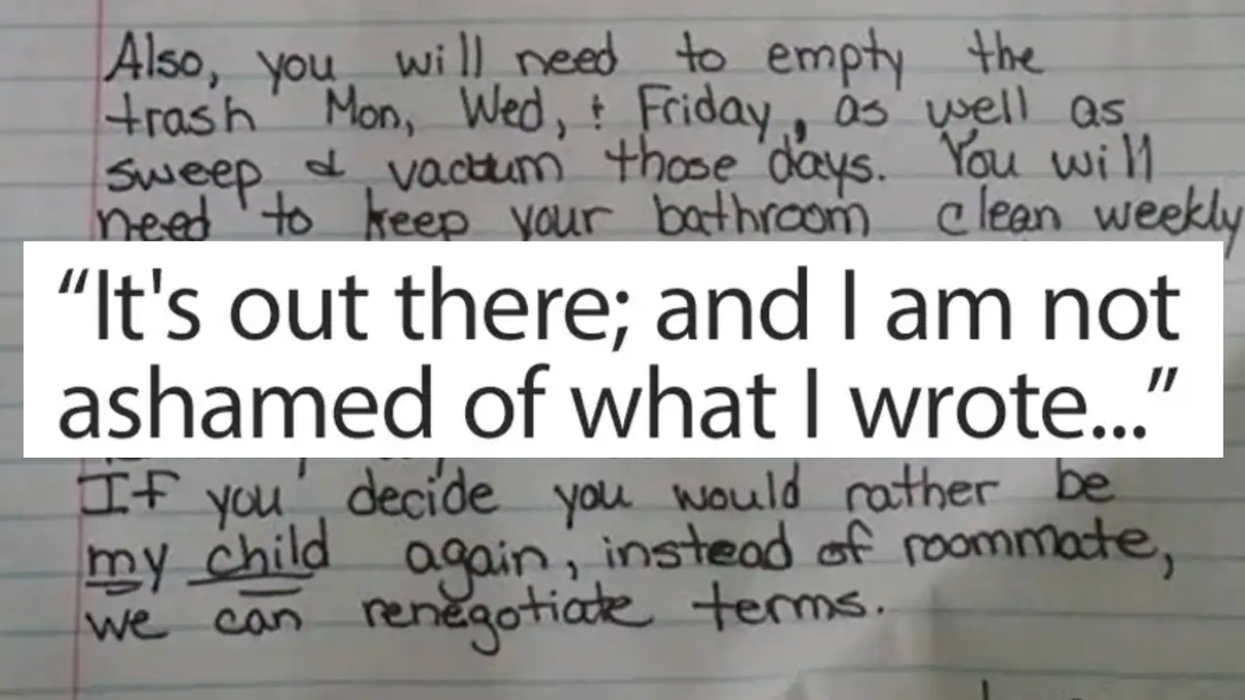
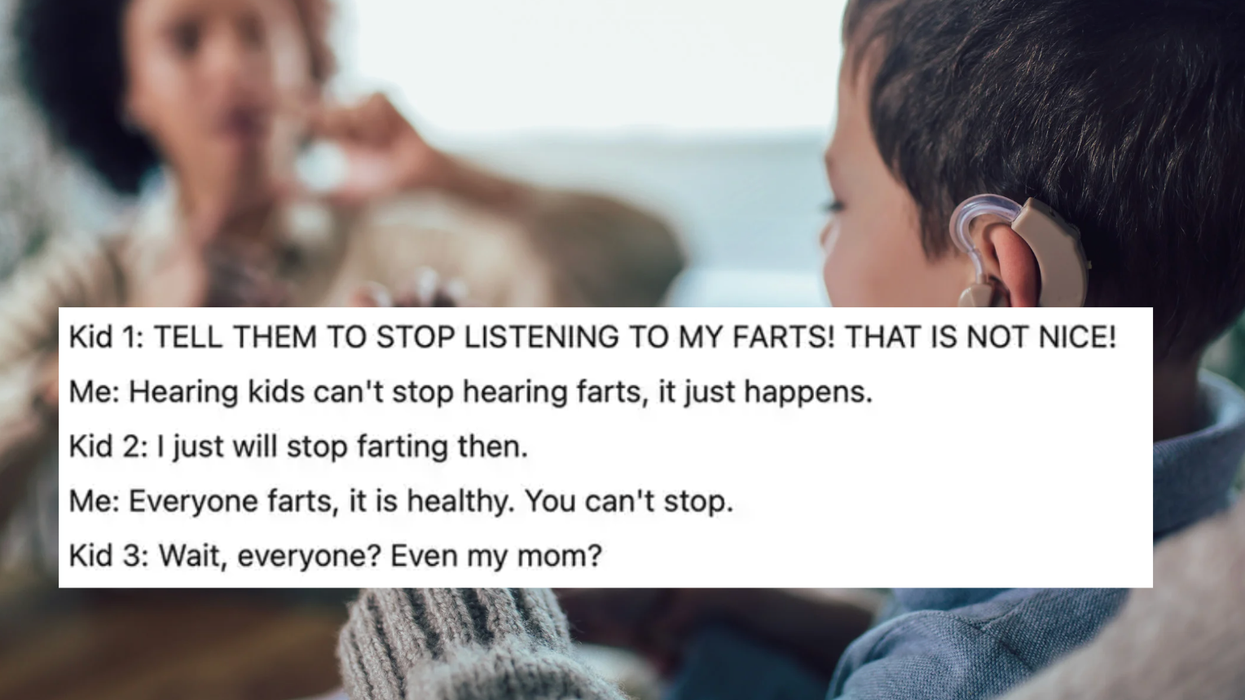

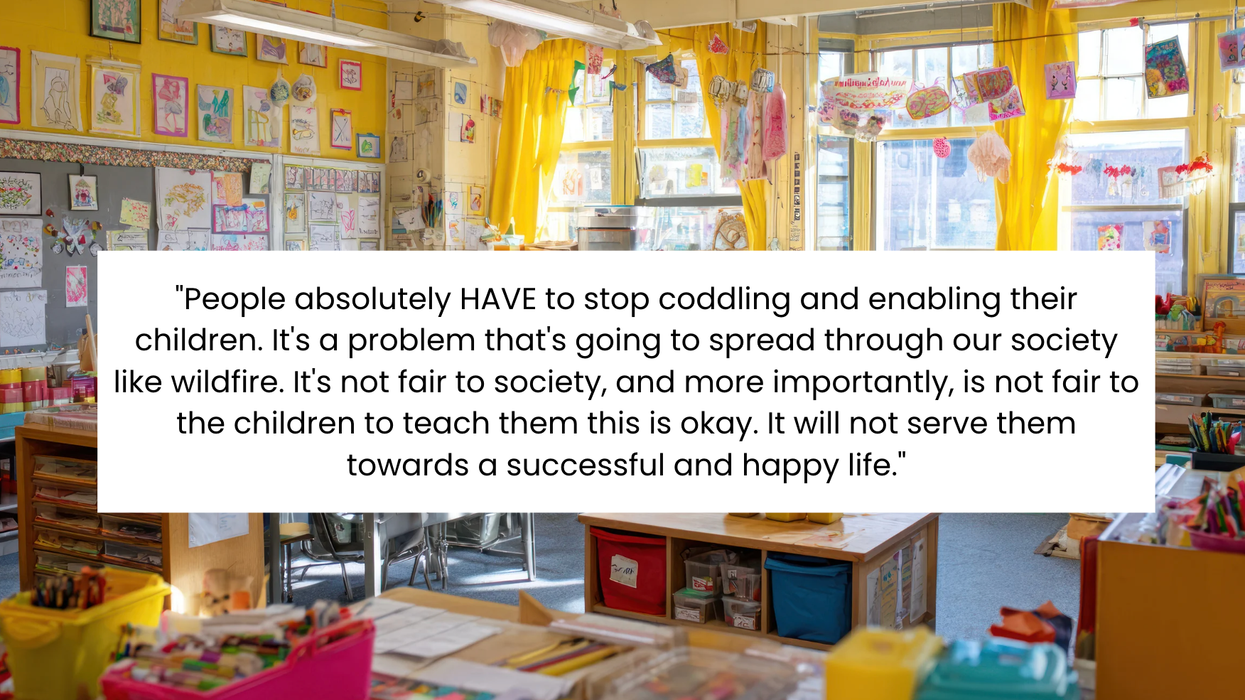



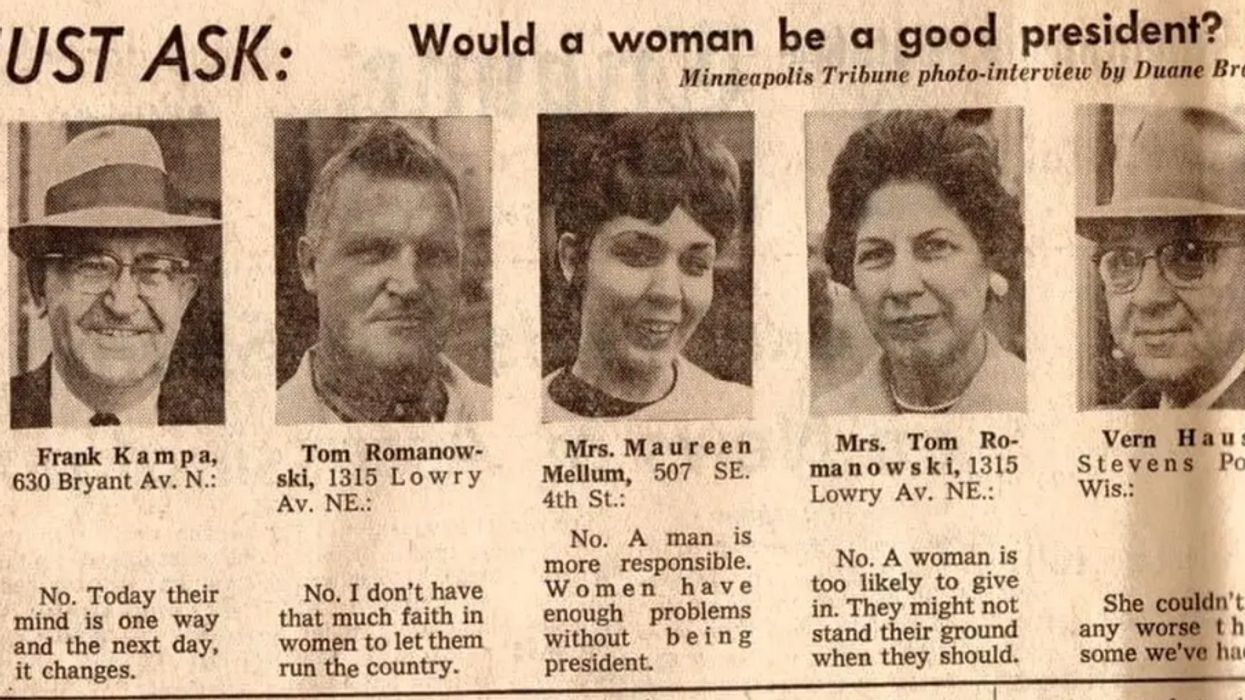



 Image of the floral dress with the risque images circled
Image of the floral dress with the risque images circled  Gif of Tim Robinson via
Gif of Tim Robinson via 

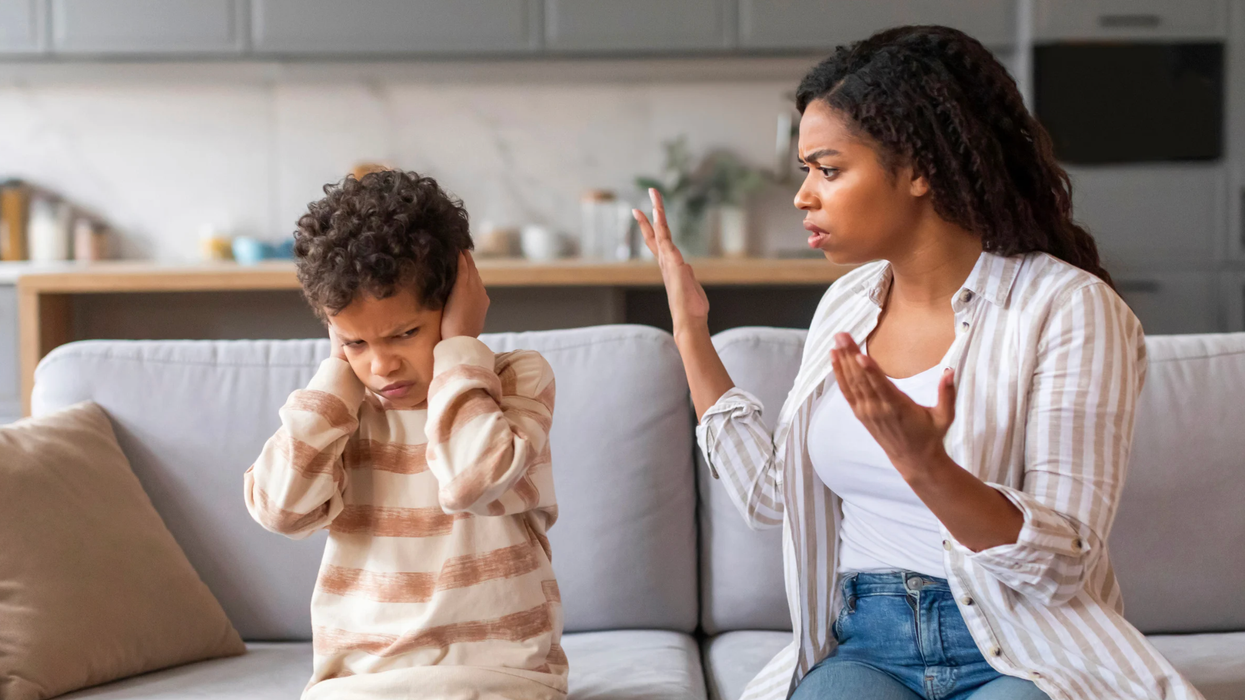
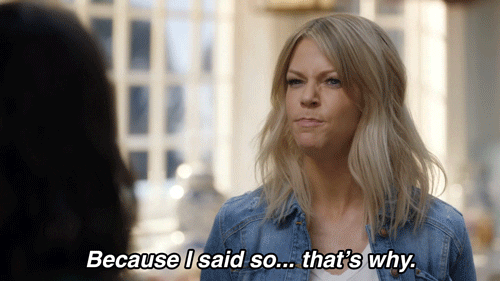 Gif of Kaitlin Olson saying "Because I said so ... that's why" via
Gif of Kaitlin Olson saying "Because I said so ... that's why" via 

 A hand holds several lottery ticketsCanva
A hand holds several lottery ticketsCanva "Simpsons" gif of newscaster winning the lotto via
"Simpsons" gif of newscaster winning the lotto via 

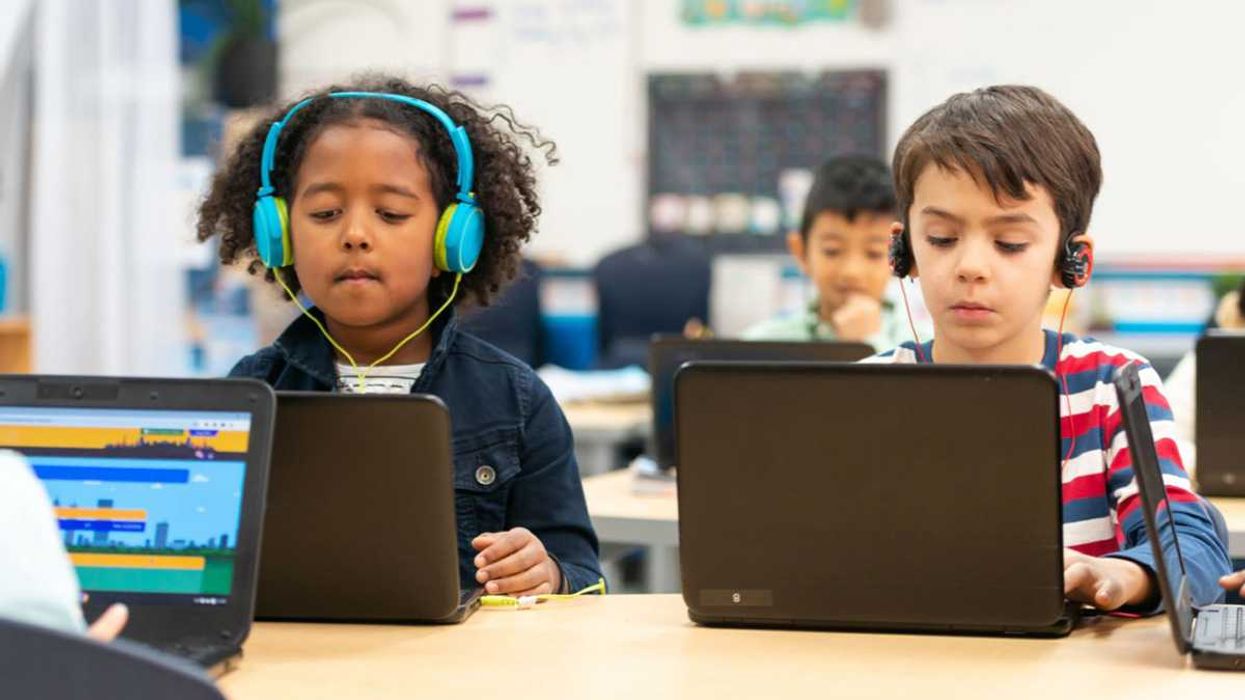 Kids on their computers.Photo credit:
Kids on their computers.Photo credit:  Young girl holds a drone.Photo credit
Young girl holds a drone.Photo credit  Playing with bubbles.Photo credit:
Playing with bubbles.Photo credit:  Friends on the computer.Photo credit:
Friends on the computer.Photo credit: